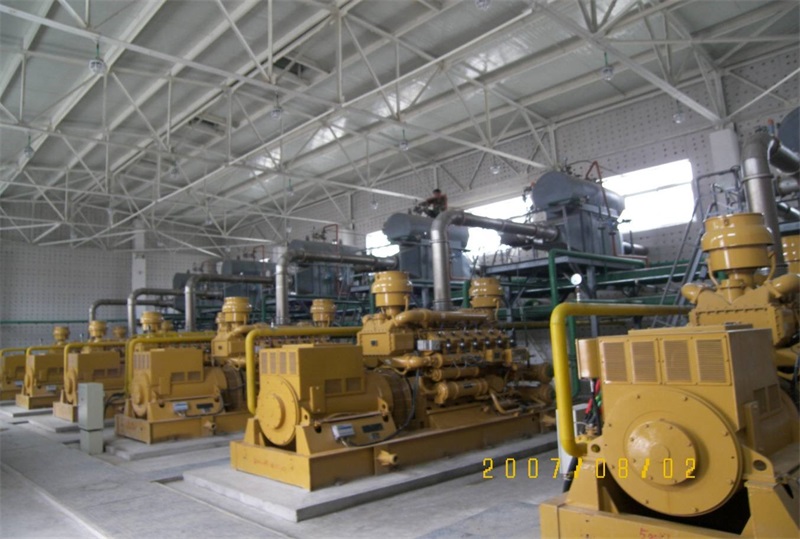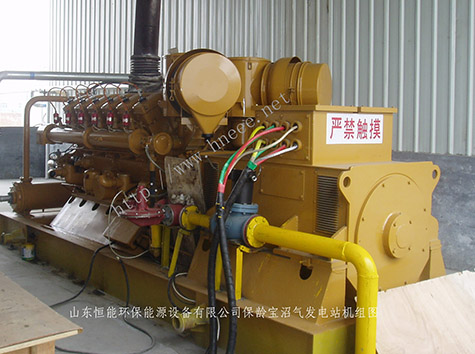三相同步发电机组调压方式有几种?
三相同步发电机组在工作运行为了保证电压值在规定范围内,发电机组根据自身设计的结构性能不同方法调节电压。那么,同步发电机组的调节电压方式有几种呢?柴油发电机组厂家晨丰给您讲解一下。
The three-phase synchronous generator set is in operation. In order to ensure that the voltage value is within the specified range, the generator set adjusts the voltage in different ways according to its designed structural performance. Then, how many voltage regulation methods are there for synchronous generator sets? CHENFENG, the manufacturer of diesel generator set, will explain it to you.
三相同步发电机组电压自动调节器可分:可控硅自动调压、TD1型碳阻式自动调压、相复励自动调压等三类。下面柴油发电机厂家晨丰分别介绍这三种同步发电机电压自动调节器工作原理。
The automatic voltage regulator of three-phase synchronous generator set can be divided into three categories: thyristor automatic voltage regulation, TD1 carbon resistance automatic voltage regulation and phase compound excitation automatic voltage regulation. Next, CHENFENG, a diesel generator manufacturer, introduces the working principles of the three automatic voltage regulators of synchronous generators.
A、可控硅自动调压:
A. Thyristor automatic voltage regulation:
这种调压方式是指利用串入或并入激磁回路的可控硅控制激磁电流,从而使发电机的输出电压随负载的变化而进行自动调节。可控硅的控制方式有多种:一是利用单结晶体管组成的振荡电路产生触发脉冲,改变电容的充电电压,从而控制触发脉冲产生的时间,改变可控硅的导通角;二是利用三极管的开关特性,改变电容的充电电压,控制三极管的导通时间而产生触发脉冲,同样也可以控制可控硅的导通角。


This voltage regulation means that the thyristor connected in series or incorporated into the excitation circuit is used to control the excitation current, so that the output voltage of the generator can be automatically adjusted with the change of load. There are many ways to control the thyristor: one is to use the oscillation circuit composed of single junction transistor to generate trigger pulse and change the charging voltage of capacitor, so as to control the generation time of trigger pulse and change the conduction angle of thyristor; The second is to use the switching characteristics of the triode to change the charging voltage of the capacitor and control the conduction time of the triode to generate the trigger pulse, which can also control the conduction angle of the thyristor.
三相同步发电机组调压方式有几种
There are several voltage regulation modes of three-phase synchronous generator set
B、TD1型碳阻式自动调压:
B. TD1 carbon resistance automatic voltage regulation:
这种调压方式在上柴SC柴油发电机组上有所运用,其工作原理是:当发电机负载为额定值时,电压自动调节器保持稳定不动,这时发电机的激磁电流、电压和主激磁电流都稳定不变。电机的负载增大,导致电压降低,则电压自动调节器开始调节碳片电阻,使其阻值减小,从而使发电机的激磁电流增大,促使发电机的输出电压上升;反之,负载减小时,电压自动调节器便调节碳片电阻的阻值增大,从而使激磁电流减小,促使电压下降。
This voltage regulation method is used in Shangchai SC diesel generator set. Its working principle is that when the generator load is rated, the automatic voltage regulator remains stable, and the excitation current, voltage and main excitation current of the generator are stable. When the load of the motor increases and the voltage decreases, the automatic voltage regulator starts to adjust the carbon sheet resistance to reduce its resistance value, so as to increase the excitation current of the generator and increase the output voltage of the generator; On the contrary, when the load is reduced, the automatic voltage regulator will adjust the resistance of the carbon sheet resistance to increase, so as to reduce the excitation current and reduce the voltage.
C、相复励自动调压:
C. Phase compound excitation automatic voltage regulation:
对于起动和运行中负载变化较大的特殊设备,采用相复励自动调压方式较好,所以目前在特殊设备供电中,发电机控制部分较多采用相复励自动调压方式。相复励自动调压的基本原理是:当发电机空载时,电枢抽头绕组的剩磁电压通过线性电抗器移相90°,经三相桥式整流器整流后,输出的直流电流流向磁场绕组进行励磁。当剩磁电压太低时,可用直流电进行充电。当发电机组带有负载时,其负载电流通过电流互感器的一次绕组产生一个和一次绕组电流成比例关系的二次电流,此电流能随不同功率因数的负载变化时所需励磁电流的大小而相应增减。在适当参数配合下,供给发电机所需的励磁电流,故能自动调整电压,使电压在一定的范围内保持稳定。由于它的这种特性,在工程建筑和特殊设备中应用得较多。
For special equipment with large load change during startup and operation, it is better to adopt the phase compound excitation automatic voltage regulation mode. Therefore, at present, in the power supply of special equipment, the generator control part mostly adopts the phase compound excitation automatic voltage regulation mode. The basic principle of phase compound excitation automatic voltage regulation is: when the generator is unloaded, the residual magnetic voltage of armature tap winding is shifted by 90 ° through linear reactor, rectified by three-phase bridge rectifier, and the output DC current flows to the magnetic field winding for excitation. When the remanence voltage is too low, DC can be used for charging. When the generator set is loaded, its load current generates a secondary current proportional to the current of the primary winding through the primary winding of the current transformer. This current can increase or decrease accordingly with the required excitation current when the load with different power factors changes. With the cooperation of appropriate parameters, it can supply the excitation current required by the generator, so it can automatically adjust the voltage and keep the voltage stable within a certain range. Because of its characteristics, it is widely used in engineering buildings and special equipment.
上一篇:如何提高燃油消耗率呢?
下一篇:哪些地方必须配有柴油发电机组?
 在线咨询
在线咨询 官方二维码
官方二维码




 当前位置:
当前位置: 2022.03.09
2022.03.09






